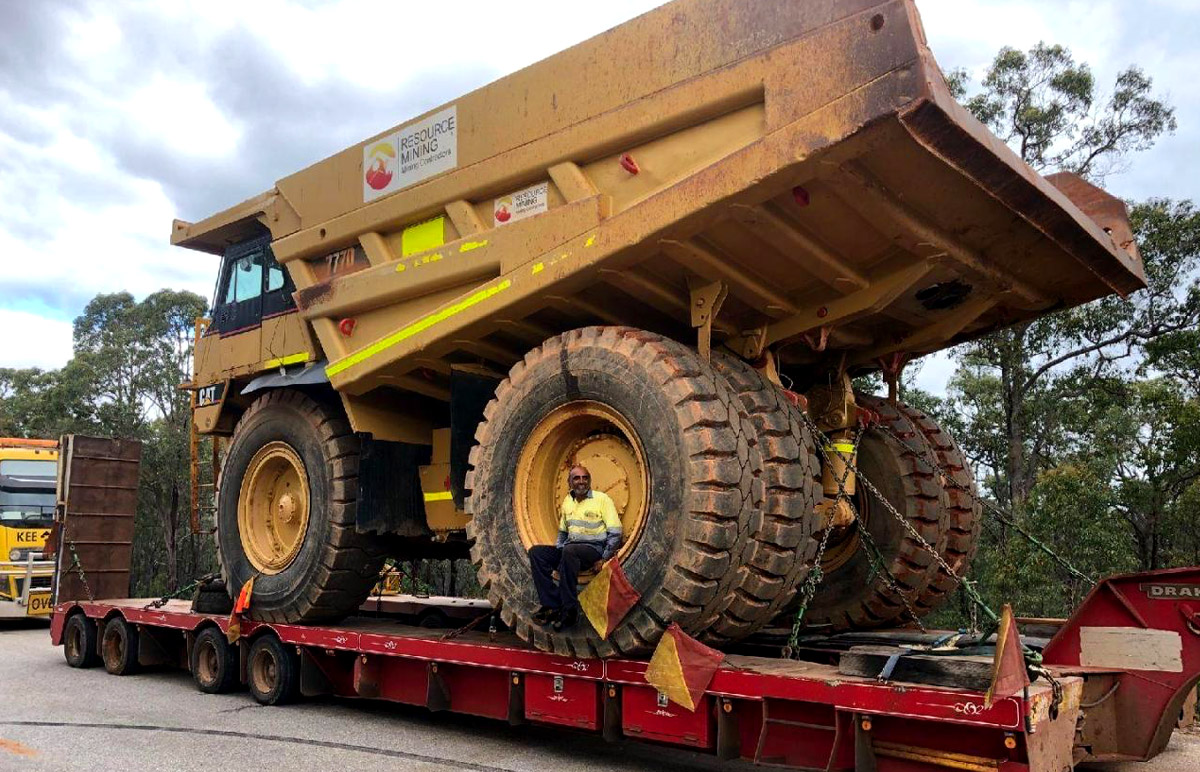3 Reasons Companies May Need To Relocate Heavy Equipment

If you own a business in the industrial sector, it’s logical to assume that you have large pieces of equipment listed as your assets. These large pieces of equipment are essential to your business operations, the very reasons why your workflow runs smoothly from day-to-day.
More often than not, businesses will end up having to move this large machinery. No matter the nature of the move, most business owners will ask the question—how can I move such a heavy machine? The good news is that some of the best transport solutions teams are there ready to assist, such as KEE Group.
Before making a move, it’s important to polish up your plans and make proper preparations. It may not seem like it, but understanding the nature of your move is crucial to the entire process.
Without further ado, we give you the three most common reasons why the industrial sector decides to move their mining and construction machines—no matter how heavy or large they may be:
Reason #1: You need to move facilities
While most companies only need to move and shuffle within their facilities, others are prompted to actually move their headquarters physically. This happens thanks to either growth or restructuring, thereby compelling them to move their heavy plant machinery.
Such a huge relocation requires experiencing rigging staff, and transport operators, with quality tools and trucks to make sure that process is efficient and safe. Low loaders, dollies, and prime movers will also be crucial to the move and will be used to transport the equipment onto the new facility.
Reason #2: You need to move across the country
A business moving across the country is uncommon, but not unheard of. For specific reasons, companies may find themselves wishing to expand elsewhere, thereby prompting them to move the entire business to another part of the country. It could be due to operating costs and taxes, or perhaps simply personal reasons.
Moving large pieces of equipment can be challenging, especially considering the amount of travel time involved. With the right moving company, you’ll be able to haul your machines with no hassle.
Reason #3: You need to upgrade your equipment
When it comes to growth, most businesses can also find themselves needing to move heavy machinery, for the purpose of upgrading and swapping. This gives way to better and more efficient processes, especially when it comes to the expansion of products and services. With new processes and equipment on board, growth trajectories will eventually lead to a highly coveted success.
If you’re selling your equipment, it’s important to have the right transport company by your side. You’ll want the best crew and all the right tools, ensuring that your investments remain safe and operational.
Book The Best Transport Companies In Perth
Although companies and businesses move for a variety of reasons, one thing remains certain—they will need their heavy equipment transported. These are important investments, critical to the entire operation, and ultimately, the success and survival of the company. Whether it be reshuffling, relocation, or simply upgrading, hiring the right crew can save you money in the long run.
For the best transport company in Perth, KEE Transport has you covered. We offer you a talented team of operators, who can help transport your machines all over Australia. We guarantee you a superb service, making us the best possible business partner for your transport needs. Reach out to us today to learn more.







